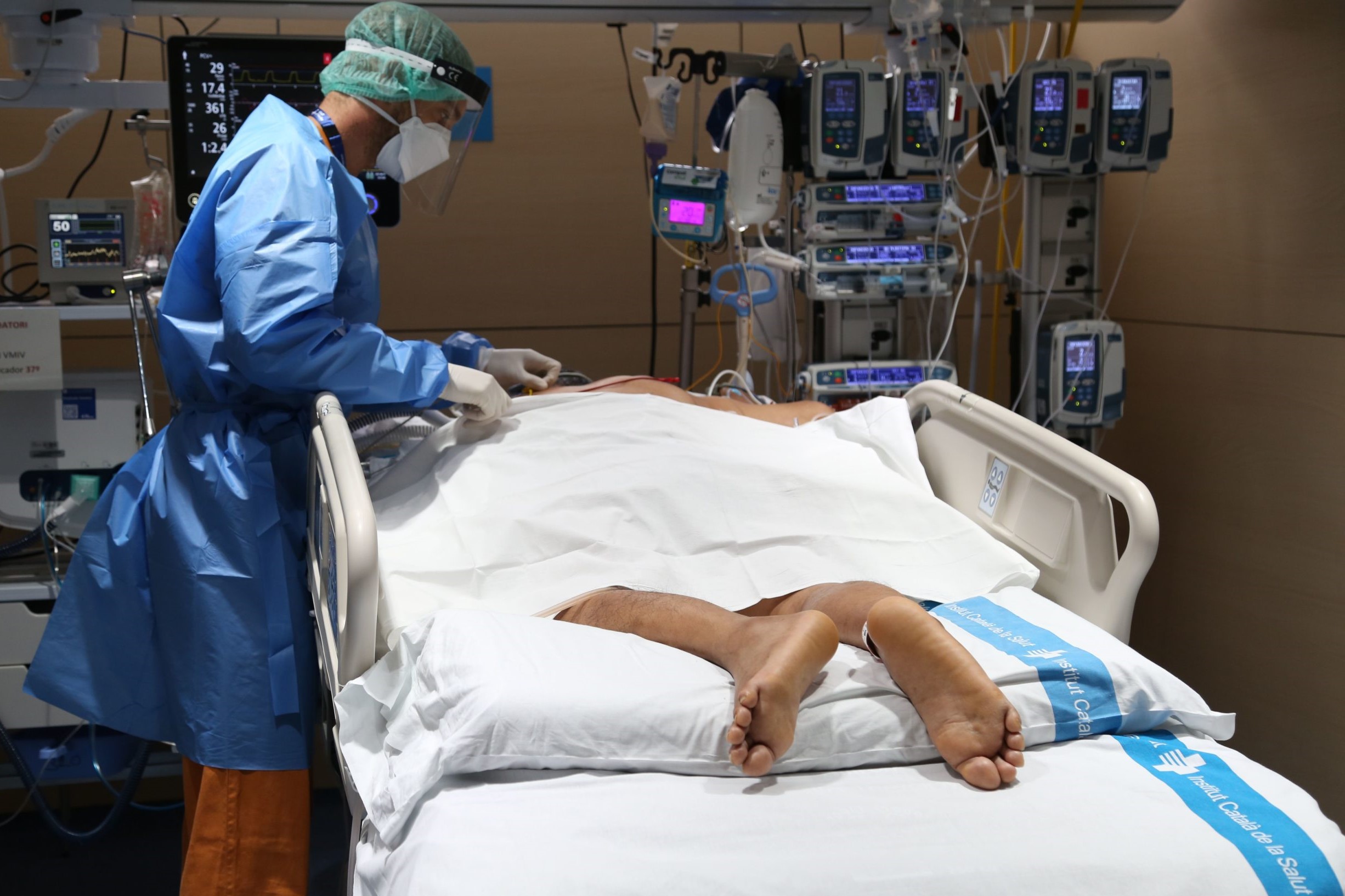
Prone, supine, lateral decubitus: meaning, position and injuries
The word decubitus in medicine refers to the position the patient assumes in bed or when lying down. This position may be different according to the patient’s need to maintain a given position in order to experience less pain, according to therapeutic needs (some positions are obligatory in the case of, for example, multiple trauma in orthopaedics) or according to the doctor’s need to carry out manoeuvres or diagnostic investigations
The word ‘decubitus’ is also used in reference to objects: for example, the transurethral bladder catheter may decubitate, i.e. it may cause an ulcer along the walls of the urethra on which it rests.
An active decubitus is one in which the muscles are actively engaged to maintain the position
Active decubitus can be
- indifferent: when any position can be maintained without discomfort on the part of the patient;
- preferred: when a certain position is preferentially assumed, as this position is the patient’s preference;
- compulsory: when the patient is forced to maintain a certain position because the others cause him/her discomfort, e.g. due to pressure on anatomical structures affected by pathology.
Decubitus may be:
- Supine: one maintains a position where one is facing upwards, belly up;
- Prone or ventral: one maintains a position where one is facing downwards, belly down;
- Semi prone or Sims: is a position with a middle way between the lateral of safety and prone;
- Lateral or safety lateral: a position where one lies on one’s side, preventing the lungs from being loaded with the weight of the body, with the aim of facilitating and improving breathing;
- Orthopnoic or seated: typical position you assume with your back when sitting in a chair;
- Semi-orthopnoid or semi-sitting or Fowler’s: supine patient, with the backrest inclined 80-90° to the horizontal line;
- Semi-Fowler’s: differs from the Fowler’s in that the inclination is reduced to 30-45°;
- Trendelenburg position or anti-shock position: flat supine position with an inclination that promotes blood flow to the brain;
- Genupectoral: the subject is kneeling with the head resting on the ground and the pelvis raised as far as possible;
- Gynecological or dorsal supine: the patient assumes a lying position with the legs bent at 90°, the knees spread apart with the heels placed on the same plane as the torso;
- Lithotomy: the patient assumes a lying position with the legs bent at 90° and with the heels and knees in the same plane.
Decubitus injuries
Decubitus is also, by contraction, the decubitus sore, which is an incorrect term, since we should speak of an ulcer, or more generally of a pressure lesion, which appears in the points subject to greater compression (therefore, subject to ischaemia) in those who are bedridden for a long time, or in any case in positions that determine continuous pressure on the points where there are bony prominences.
Read Also:
Emergency Live Even More…Live: Download The New Free App Of Your Newspaper For IOS And Android
How Is Triage Carried Out In The Emergency Department? The START And CESIRA Methods
Medical Corner – Management Of Tachycardiac Arrhythmias In Pregnancy
Stretchers In The UK: Which Are The Most Used?
Does The Recovery Position In First Aid Actually Work?
Basket Stretchers. Increasingly Important, Increasingly Indispensable
Nigeria, Which Are The Most Used Stretchers And Why
First Aid: How To Place The Injured Person In A Safe Position In Case Of An Accident?
Self-Loading Stretcher Cinco Mas: When Spencer Decides To Improve Perfection
Ambulance In Asia: What Are The Most Commonly Used Stretchers In Pakistan?
Stretcher: What Are The Most Used Types In Bangladesh?
Palpation In The Objective Examination: What Is It And What Is It For?


